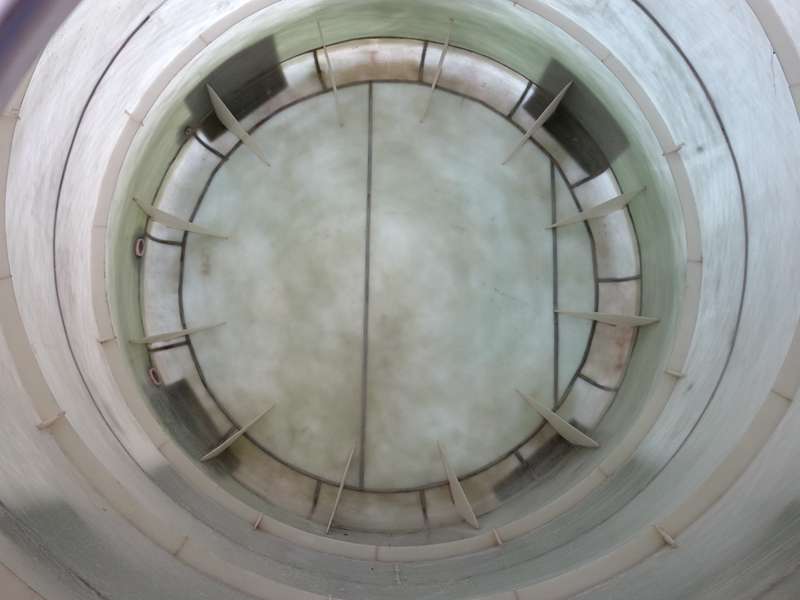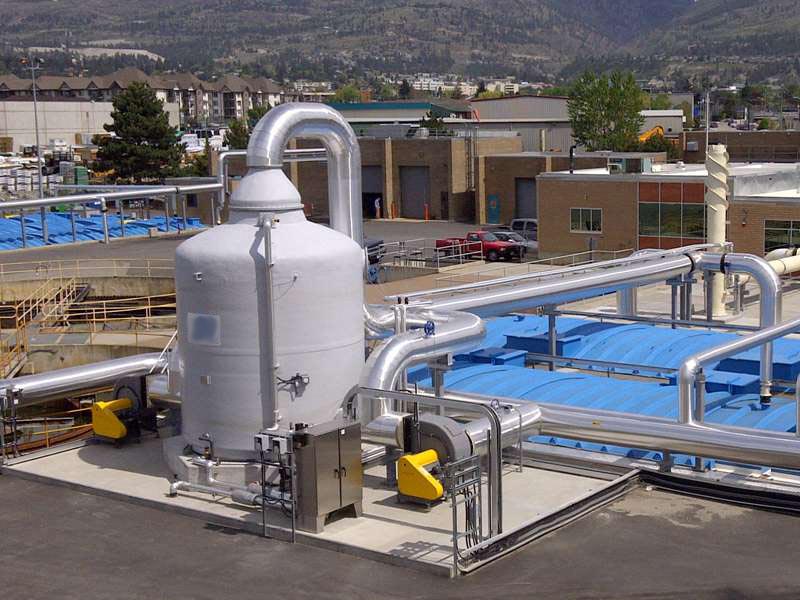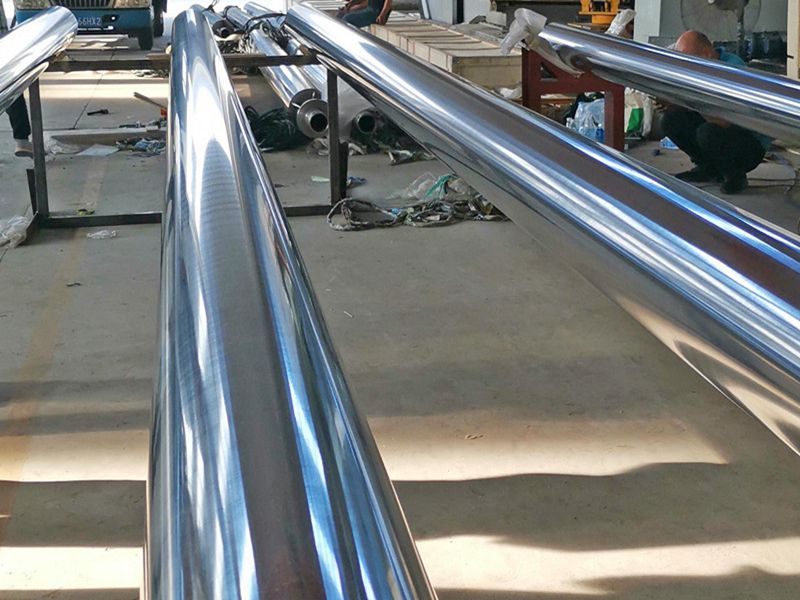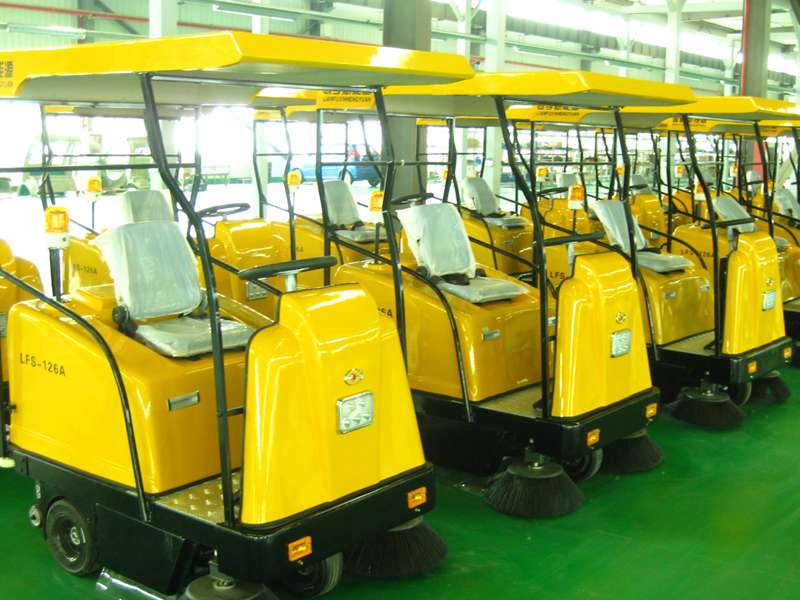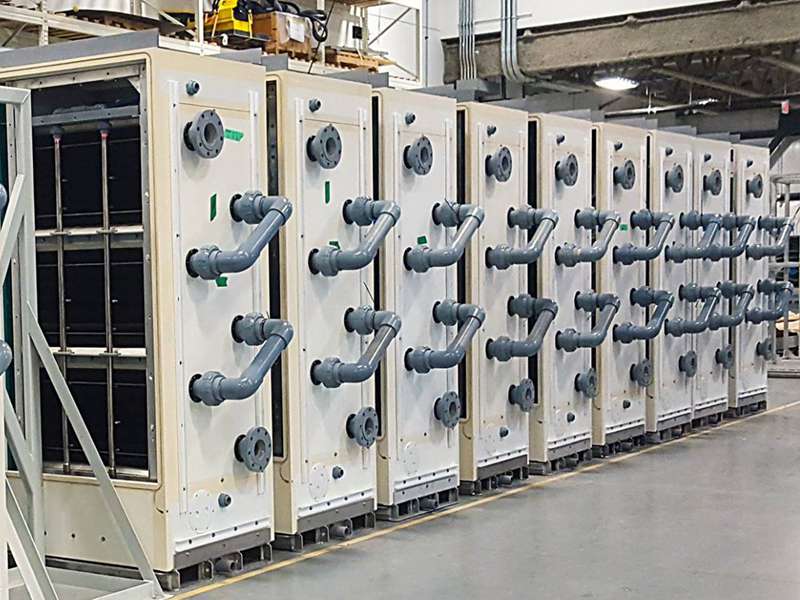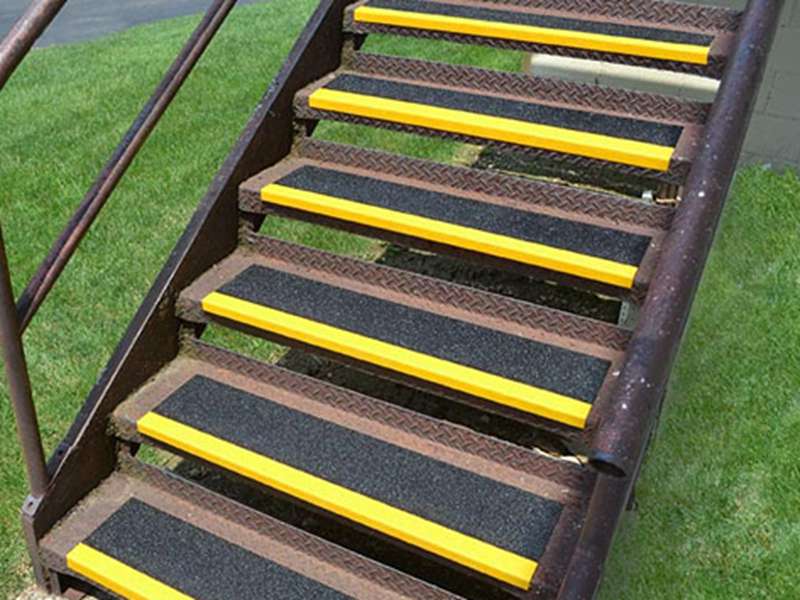
-
 Afrikaans
Afrikaans -
 Albanian
Albanian -
 Amharic
Amharic -
 Arabic
Arabic -
 Armenian
Armenian -
 Azerbaijani
Azerbaijani -
 Basque
Basque -
 Belarusian
Belarusian -
 Bengali
Bengali -
 Bosnian
Bosnian -
 Bulgarian
Bulgarian -
 Catalan
Catalan -
 Cebuano
Cebuano -
 China
China -
 China (Taiwan)
China (Taiwan) -
 Corsican
Corsican -
 Croatian
Croatian -
 Czech
Czech -
 Danish
Danish -
 Dutch
Dutch -
 English
English -
 Esperanto
Esperanto -
 Estonian
Estonian -
 Finnish
Finnish -
 French
French -
 Frisian
Frisian -
 Galician
Galician -
 Georgian
Georgian -
 German
German -
 Greek
Greek -
 Gujarati
Gujarati -
 Haitian Creole
Haitian Creole -
 hausa
hausa -
 hawaiian
hawaiian -
 Hebrew
Hebrew -
 Hindi
Hindi -
 Miao
Miao -
 Hungarian
Hungarian -
 Icelandic
Icelandic -
 igbo
igbo -
 Indonesian
Indonesian -
 irish
irish -
 Italian
Italian -
 Japanese
Japanese -
 Javanese
Javanese -
 Kannada
Kannada -
 kazakh
kazakh -
 Khmer
Khmer -
 Rwandese
Rwandese -
 Korean
Korean -
 Kurdish
Kurdish -
 Kyrgyz
Kyrgyz -
 Lao
Lao -
 Latin
Latin -
 Latvian
Latvian -
 Lithuanian
Lithuanian -
 Luxembourgish
Luxembourgish -
 Macedonian
Macedonian -
 Malgashi
Malgashi -
 Malay
Malay -
 Malayalam
Malayalam -
 Maltese
Maltese -
 Maori
Maori -
 Marathi
Marathi -
 Mongolian
Mongolian -
 Myanmar
Myanmar -
 Nepali
Nepali -
 Norwegian
Norwegian -
 Norwegian
Norwegian -
 Occitan
Occitan -
 Pashto
Pashto -
 Persian
Persian -
 Polish
Polish -
 Portuguese
Portuguese -
 Punjabi
Punjabi -
 Romanian
Romanian -
 Russian
Russian -
 Samoan
Samoan -
 Scottish Gaelic
Scottish Gaelic -
 Serbian
Serbian -
 Sesotho
Sesotho -
 Shona
Shona -
 Sindhi
Sindhi -
 Sinhala
Sinhala -
 Slovak
Slovak -
 Slovenian
Slovenian -
 Somali
Somali -
 Spanish
Spanish -
 Sundanese
Sundanese -
 Swahili
Swahili -
 Swedish
Swedish -
 Tagalog
Tagalog -
 Tajik
Tajik -
 Tamil
Tamil -
 Tatar
Tatar -
 Telugu
Telugu -
 Thai
Thai -
 Turkish
Turkish -
 Turkmen
Turkmen -
 Ukrainian
Ukrainian -
 Urdu
Urdu -
 Uighur
Uighur -
 Uzbek
Uzbek -
 Vietnamese
Vietnamese -
 Welsh
Welsh -
 Bantu
Bantu -
 Yiddish
Yiddish -
 Yoruba
Yoruba -
 Zulu
Zulu
Exploring the Benefits and Features of FRP Hoods in Modern Applications
Understanding FRP Hoods Features and Applications
Fiber Reinforced Polymer (FRP) hoods are becoming increasingly popular across various industries due to their unique properties and advantages over traditional materials. FRP combines a polymer matrix with fibers—typically glass, carbon, or aramid—to create a lightweight, strong, and corrosion-resistant product. This article explores the features and applications of FRP hoods, emphasizing why they are a preferred choice for many manufacturing and construction needs.
.
Another essential aspect of FRP hoods is their resistance to corrosion and chemical exposure. Metals can corrode over time when exposed to harsh environments, leading to increased maintenance costs and shorter lifespans. In contrast, FRP materials are inherently resistant to a wide range of chemicals and environmental conditions, making them ideal for use in industries like chemical processing, wastewater treatment, and marine applications.
frp hood
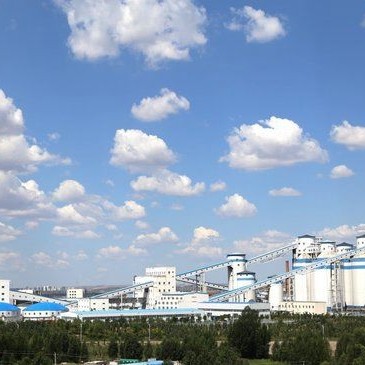
FRP hoods also offer excellent thermal insulation properties. For applications where temperature control is crucial, these hoods prevent heat loss and minimize energy consumption. This feature is particularly important in sectors such as food processing and pharmaceuticals, where maintaining specific temperatures is vital for product integrity.
In terms of aesthetics, FRP hoods can be customized in various colors, textures, and designs. This flexibility allows companies to create hoods that not only perform well but also complement the visual appeal of their facilities. When compared to metal alternatives, the ability to tailor the appearance of FRP products can enhance branding and overall design.
The applications of FRP hoods are vast and varied. They are commonly used in the automotive industry, where lightweight materials can enhance fuel efficiency and performance. In the construction sector, FRP hoods serve as protective covers for electrical equipment, HVAC systems, and even architectural elements. Additionally, their use in transportation, such as in trucks and buses, helps to improve efficiency without compromising safety.
In conclusion, FRP hoods represent a significant advancement in material technology, offering a combination of lightweight strength, corrosion resistance, thermal insulation, and aesthetic flexibility. As industries continue to seek durable and efficient solutions, FRP hoods are likely to play an increasingly prominent role, demonstrating their value across multiple applications.
Latest news
-
Boost Your Rankings with Professional SEO Services ExpertNewsJul.20,2025
-
High-Quality Fiberglass Car Bodies Durable GRP Car & Boat Body SolutionsNewsJul.08,2025
-
High-Quality Fiberglass Dual Lamination Product Manufacturer Durable FRP & GRP Dual Lamination SolutionsNewsJul.08,2025
-
Rectangular Tank with Dimensions for GRP Calculation Custom Fiberglass GRP Rectangular TanksNewsJul.07,2025
-
High-Quality Fiberglass Weir Custom FRP Weir & Fiberglass Tanks ManufacturerNewsJul.07,2025
-
CPVC FRP Pipe A Reliable Choice for Industrial Applications High Strength & Corrosion ResistanceNewsJul.07,2025


